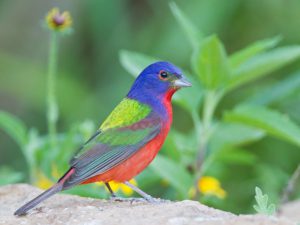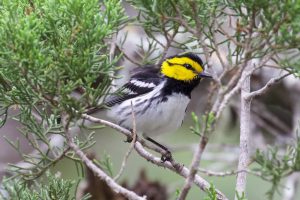Herons and Egrets are tall, water-loving birds with long legs and long necks. Often voracious predators, they’ll eat almost anything they can catch and swallow, including fish, frogs, snakes, and rodents.
Texas officially has 11 heron and egret species (combined).
Herons and Egret Species Found in Texas
Herons and egrets that live in Texas include:
- Great Blue Heron
- Little Blue Heron
- Tricolored Heron
- Green Heron
- Yellow-crowned Night Heron
- Black-crowned Night Heron
- Great Egret
- Cattle Egret
- Reddish Egret
- Snowy Egret
Plus the rare Bare-throated Tiger Heron, a tropical species that’s rare to Texas and has only been found several times in the state.
Select any of the species listed above to jump to it.
Quick Photo Guide
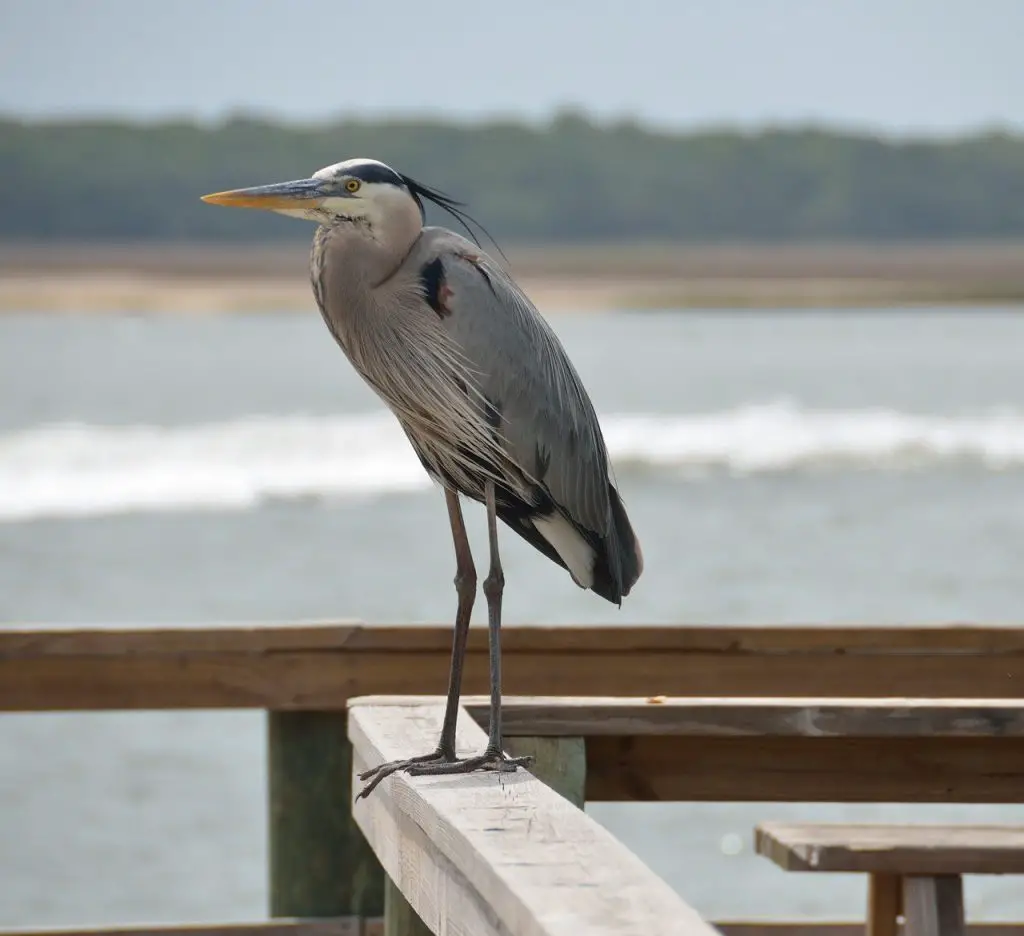
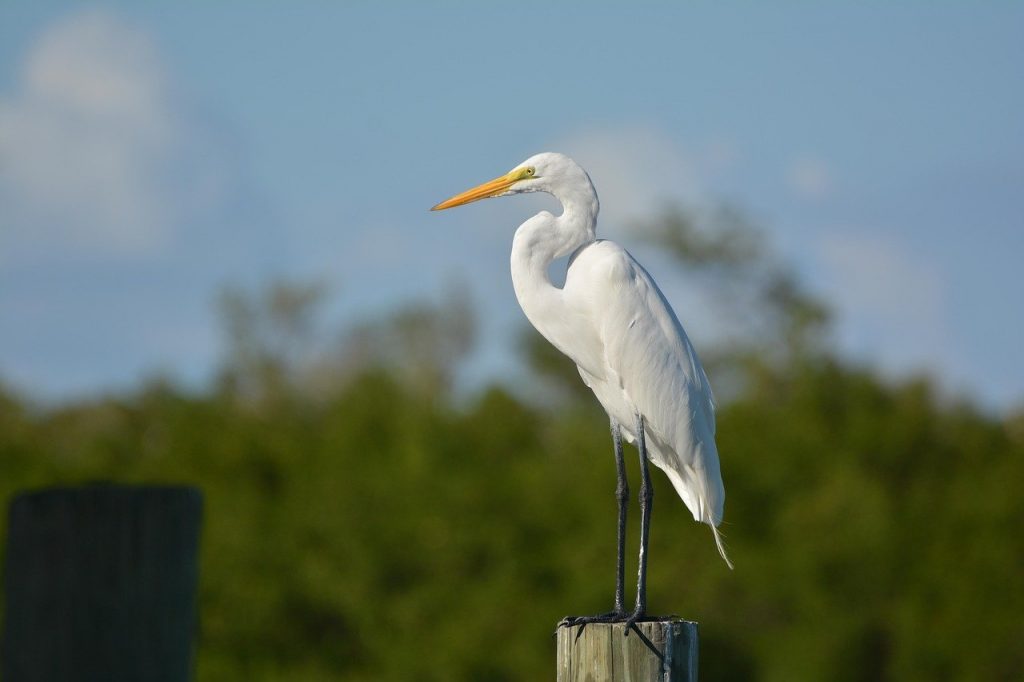

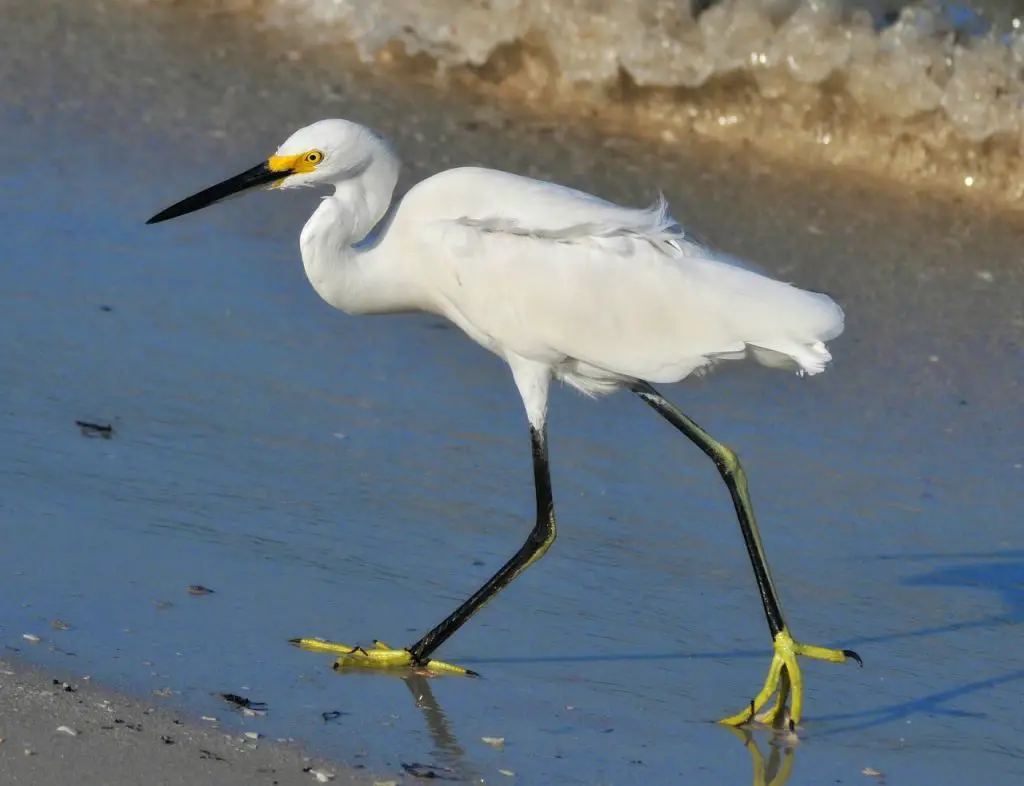
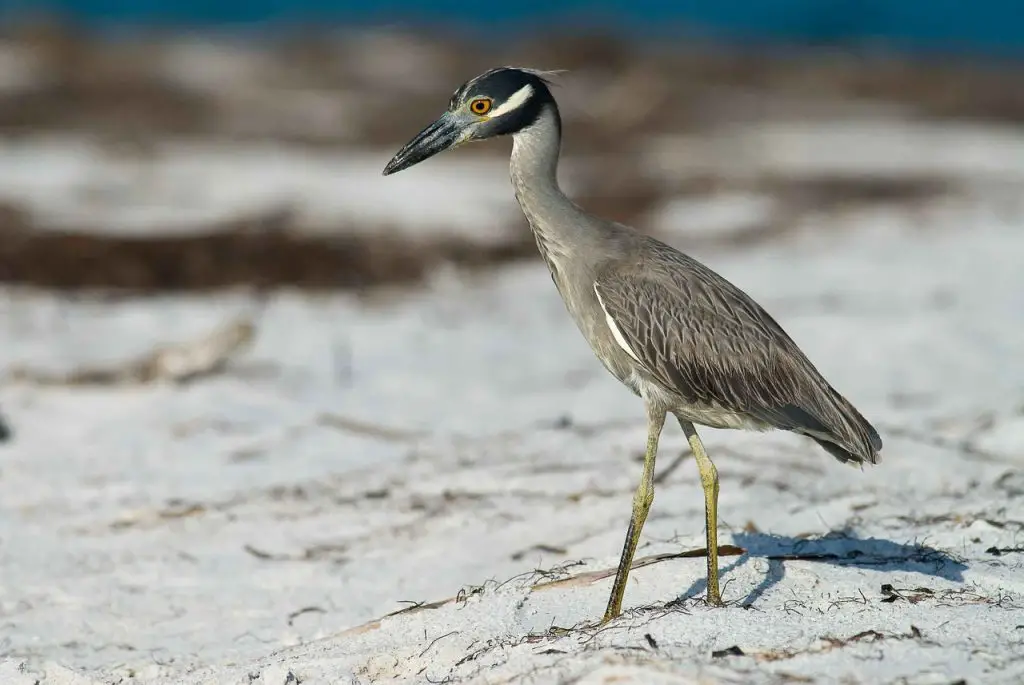
What’s the Difference Between a Heron and an Egret?
The short answer is: very little, and it’s complicated.
Both heron species and egret species belong to the heron family Ardeidea. Biologically there’s little difference between herons and egrets, and the naming is largely superficial. But egrets tend to have more white feathers than herons, such as with Snowy Egrets or Cattle Egrets.
Egrets belong to the genus Egretta, however common names do not always follow logically.
For example, Great Egrets are technically herons, in the genus Ardea. Tricolored Herons are actually in the genus Egretta, making them egrets.
The biological taxonomy and naming debate of the heron family is ongoing, and will likely continue to be confusing for some time to come.
What About Cranes and Storks?
Both Great Blue Herons and Great Egrets are commonly mistaken as cranes. While Texas does have two species of crane (Sandhill Cranes and Whooping Cranes), neither are commonly seen by most people.
Sandhill Cranes feed in large open fields, often plowed agriculture fields with exposed dirt. Whooping Cranes are only found along the coast during winter, typically near Corpus Christi.
If you see a tall bird with long legs standing in a pond, along a creek, or on a river bank, it’s guaranteed to be a heron or egret. Not a crane.
Texas has one species of stork- the Wood Stork. They’re present in Texas during summer and fall, and are most common in south Texas, along the coast, and along bodies of water in east Texas.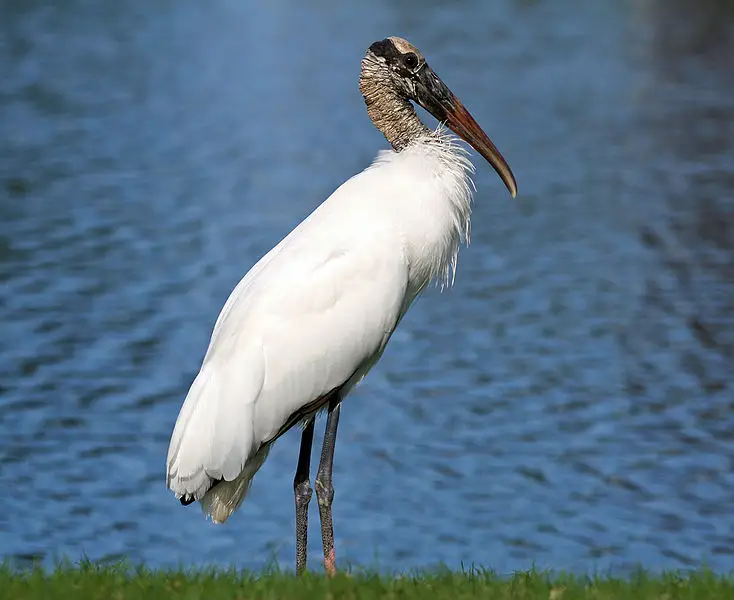
Great Egrets and Wood Storks look alike and could be easily confused, especially when seen at a distance. Great Egrets are white all over, including the head and wings. The white head may be the most obvious difference.
Wood Storks have plenty of white feathers, but their heads are dark and featherless. In flight, the stork’s wings show noticeable black in the wings.
Great Blue Heron

- Tallest heron species in North America
- Overall medium blue-gray color
- Light face with dark feathers above the eyes
- Very Common
The Great Blue Heron is the largest heron in Texas, and probably the most commonly seen by people in both urban and rural environments.
They’re common at ponds, even within big cities. Great Blue Herons are year-round residents in Texas, present in all four seasons.
The easiest way to identify a Great Blue Heron is by its sheer size. Standing at 4.5 feet tall, no other dark colored heron or egret is nearly as tall.
But evaluating size at a distance can be deceiving, so you can also look for the medium gray-blue color on the body, whitish color in the face, and dark feathers above the eye.
Body color is the most useful and easiest characteristic to see, so look for that first.
Little Blue Heron
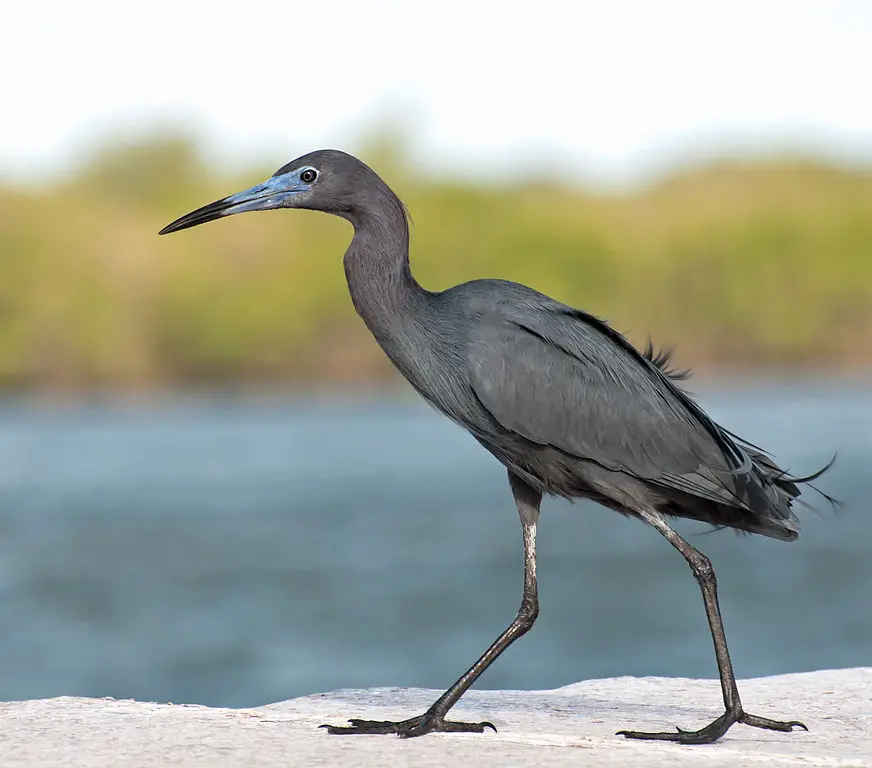
- Blue with purplish neck and head feathers
- Common in the eastern half of Texas
- Only present spring – fall
The Little Blue Heron is somewhat common in the eastern half of Texas during spring, summer, and fall. They migrate south for the tropics during winter.
Although it’s blue like the Great Blue Heron, the Little Blue Heron is only about half as tall. The head and neck feathers also show a purple hue, and the beaks on adults show a black tip.
Little Blues tend to like shallow waters like pond and river edges, and wetlands. Small fish and crayfish are favorite foods, and they can be quite active as they move back and forth while hunting.
Tricolored Heron
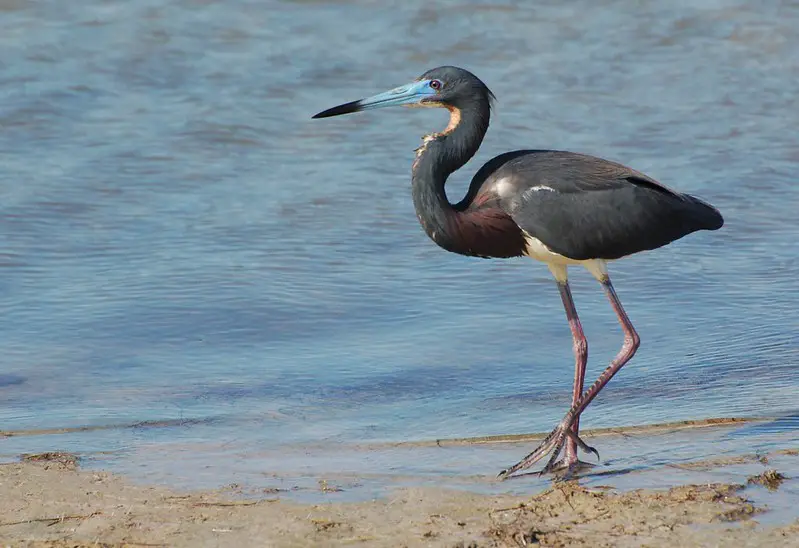
- Abundant along the coast
- White stripe down front of neck
- White belly
Tricolored Herons are present in strong numbers year-round along the Texas coast. They’re easy to find in marshy wetlands flying overhead.
After breeding season during late summer and fall these herons will stray inland, especially the young juvenile birds that show a red-brown color in the neck feathers.
If you live more than 45 minutes from the Texas coast, seeing a Tricolored Heron is somewhat unusual. Shallow wetlands and marshes are hard to find inland, so interior Texas just isn’t their preferred habitat.
Mid-August through October is when Tricolored Herons scatter and are easier to find on local ponds and lakes, even as far north as the Dallas area.
Green Heron

- Smallest Texas Heron
- Common along wooded water edges
- Only present from April to October
Green Herons are present in Texas during the warm months of April to October, and migrate to Mexico and Central America for the winter. They’re common in the eastern two-thirds of the state, but can be found anywhere in Texas.
The smallest heron species in Texas, Green Herons are often seen hunting fish along the edges of ponds, creeks, and rivers. They especially seem to love wooded water ways, where dense trees provide cover and protection when needed.
They’re easy to identify because of their small size and unique color. No other Texas heron has green body feathers with blue-green neck feathers.
Don’t let their neck length confuse you. Most of the time they have their necks folded close to their body, but sometimes will fully extend it. The difference between folded and extended is dramatic.
Yellow-crowned Night Heron
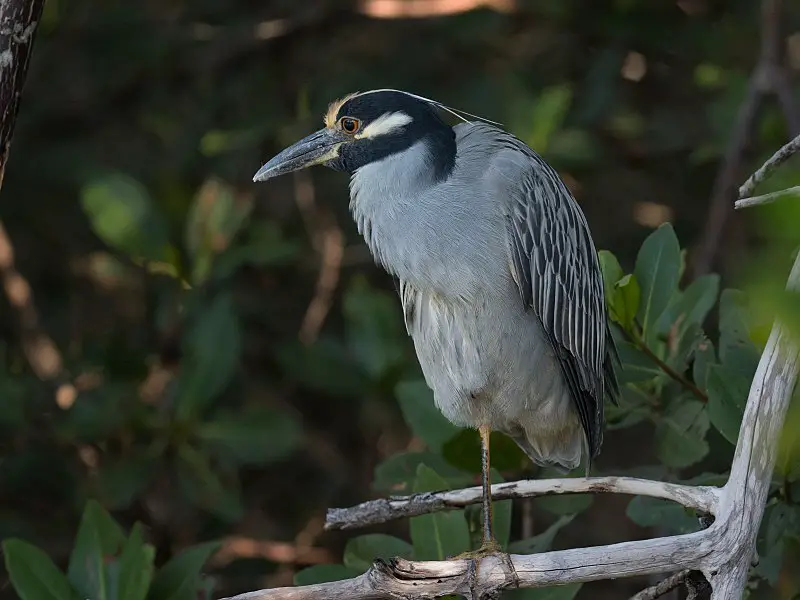
- Silvery-gray color overall
- Bold black and white stripes on the face
Yellow-crowned Night Herons are a small to medium sized heron, and are easy to identify due to their unique appearance.
The name “Night Heron” describes their preference for hunting during evening and nighttime hours. It’s not uncommon to see these birds actively hunting just after sunset at a local park with a pond or river.
Crayfish are a favorite food of these birds. They actually declaw the crawfish before swallowing them by holding each claw with their beak, then shaking it or hitting it on something until the claw detaches. Then down the hatch it goes, swallowed whole.
Black-crowned Night Heron
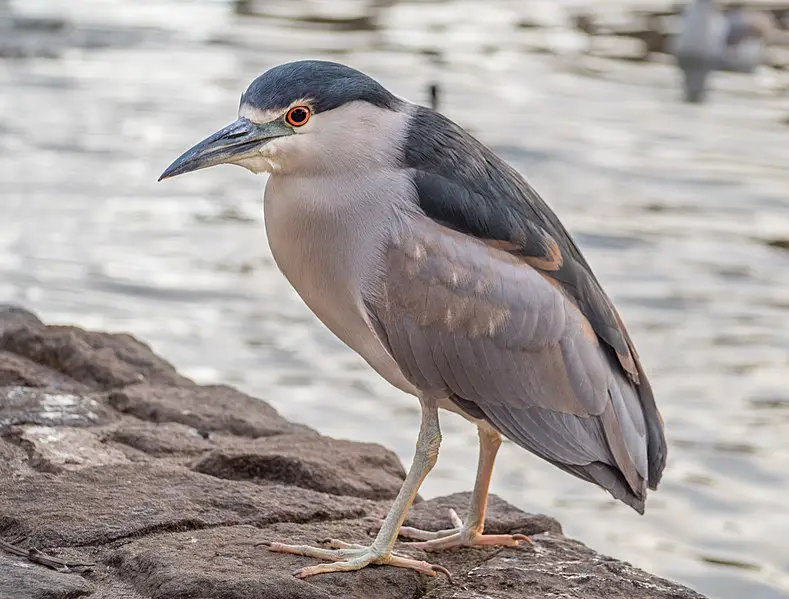
- Black on top of head and back
- Gray wings and white belly
- Small to medium sized heron
Black-crowned Night Herons are also more active during evening and nighttime hours, just like the Yellow-crowned Night Heron.
Black-crowned Night Herons tend to congregate in areas with good roosting spots, which usually consists of tall dense trees right along the water. Seeing multiple of these birds in one spot is common, with some locations hosting dozens of these birds at once.
They’re common along the Texas coast and nearby areas, like Houston. Consistent roosting spots in big cities include Mitchell Lake Audubon Center in San Antonio, White Rock Lake in Dallas, and Canyon Lake in Lubbock.
Great Egret

- Large, tall heron
- Solid white all over
- Common and widespread
Although they’re called “Egrets”, the Great Egret is taxonomically classified as a heron, and is not a true egret. They’re commonly called “egrets” simply because of their white plumage.
Great Egrets are widespread and common throughout Texas, and are present all months of the year. If you see a large, solid white heron, it’s almost certainly a Great Egret.
They’re easily found on lake edges, large ponds and rivers, and they love wetlands. Some wooded cover near the water is preferred but not required, especially around open wetlands and shallow marshes.
Great Egrets will use favorite roosting sites at night as communal sleeping spots. Dozens of Great Egrets will gather at sunset in large trees growing at the edge of water, and then depart at sunrise as they spread out to local feeding grounds.
Cattle Egret
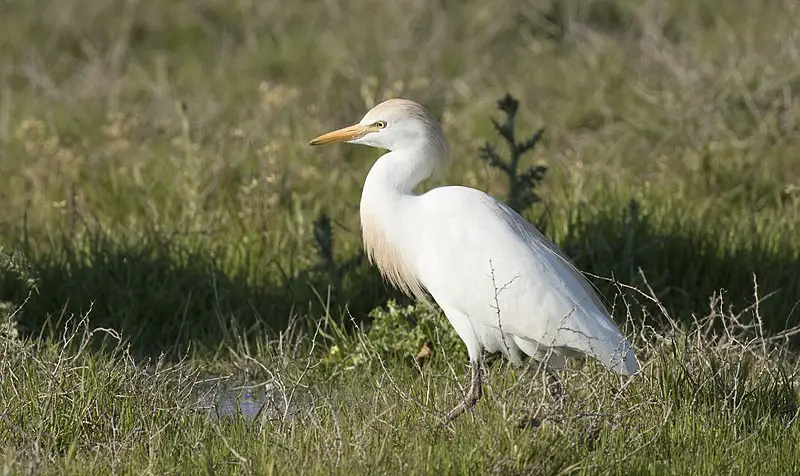
- Small white egret
- Yellow beak
- Prefers grassy fields
- Almost always seen in groups
Cattle Egrets are oddballs of the Texas egrets because they aren’t usually attracted to water. Instead they gather in fields with medium high grass to hunt for insects.
Cattle Egrets will stand next to cows and horses and follow them around, waiting for the large mammals to kick up grasshoppers and other bugs for an easy snack.
These small egrets are widespread during the warm months, while their winter range is more restricted near the coast. These egrets can be especially abundant within two hours of the Texas coast during any season.
Reddish Egret

- Coastal species
- Pink and black bill
- Very active hunting behavior
Reddish Egrets are best known for their energetic hunting behavior when they run back and forth through shallow water, chasing fish and other prey. Watching them in action can be entertaining and even comical.
These egrets have two color morphs: the well known red morph, and the white morph. The red morph is distinctive from other egrets and herons, but the white morph can be tricky to identify.
An adult white morph Reddish Egret is most easily identified by the bicolored bill. The half of the bill close to the face is pink, while the outer half is black.
Snowy Egret

- All white feathers
- Black bill
- Bright yellow feet
Snowy Egrets are widespread in Texas spring through fall, and mostly retreat to coastal areas during the winter.
The striking and high contrast colors of the Snowy Egret are useful for identification. Pure white feathers with a jet black bill and black legs are great clues. But the biggest giveaway is the feet.
If you see an egret with bright yellow feet, it’s a Snowy Egret. No question about it.
Snowy Egrets are common in the shallows of ponds, river banks, and lake edges. They can also be found along drainage ditches and agricultural canals, as long as water is present.


